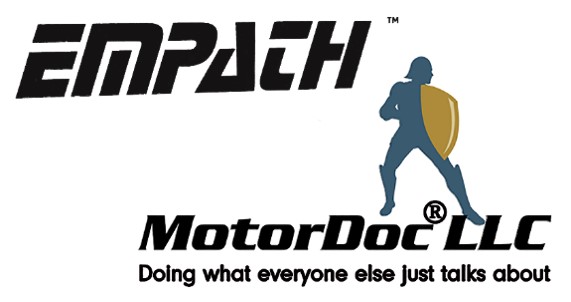IEEE Paper The Application of Electrical and Current Signature Analysis for DFIG Turbine and Powertrain Defects
Abstract—Electrical and current signature analysis (ESA/MCSA) techniques provide a valuable method for detecting defects in wind turbine generators, particularly in doubly-fed induction generator (DFIG) systems. This paper explores the application of ESA/MCSA in identifying defects such as wye-ring fractures, bearing wear, and gearbox faults. We discuss the data acquisition process, spectral analysis methodologies, and case…








